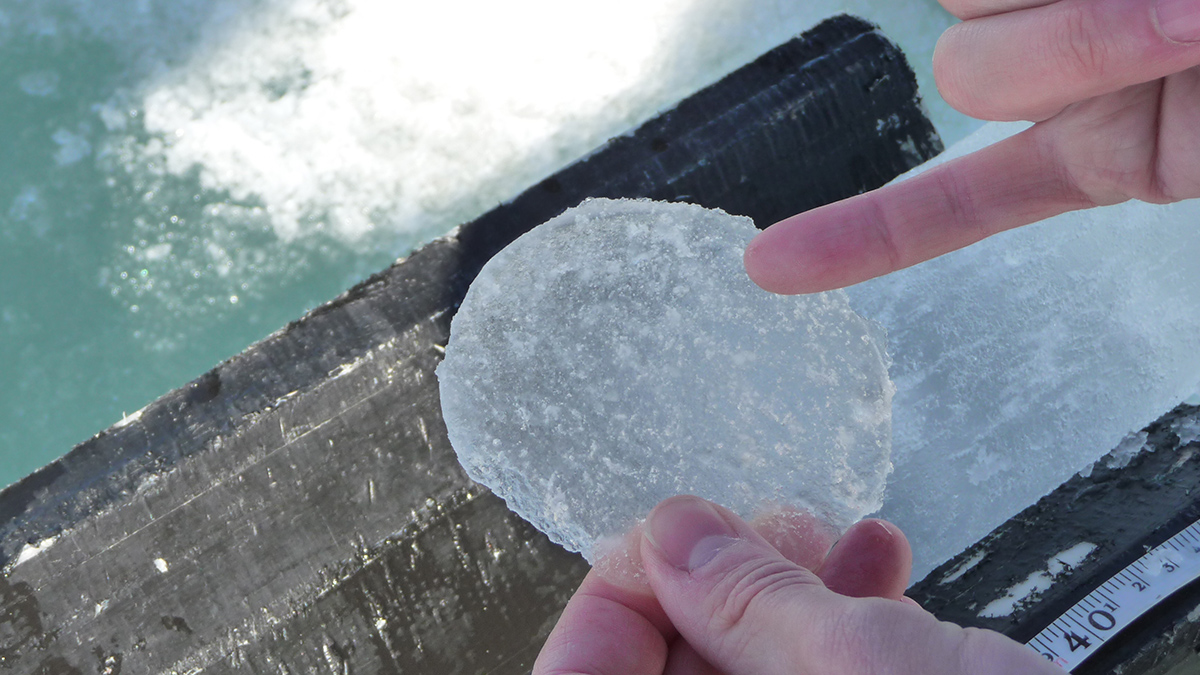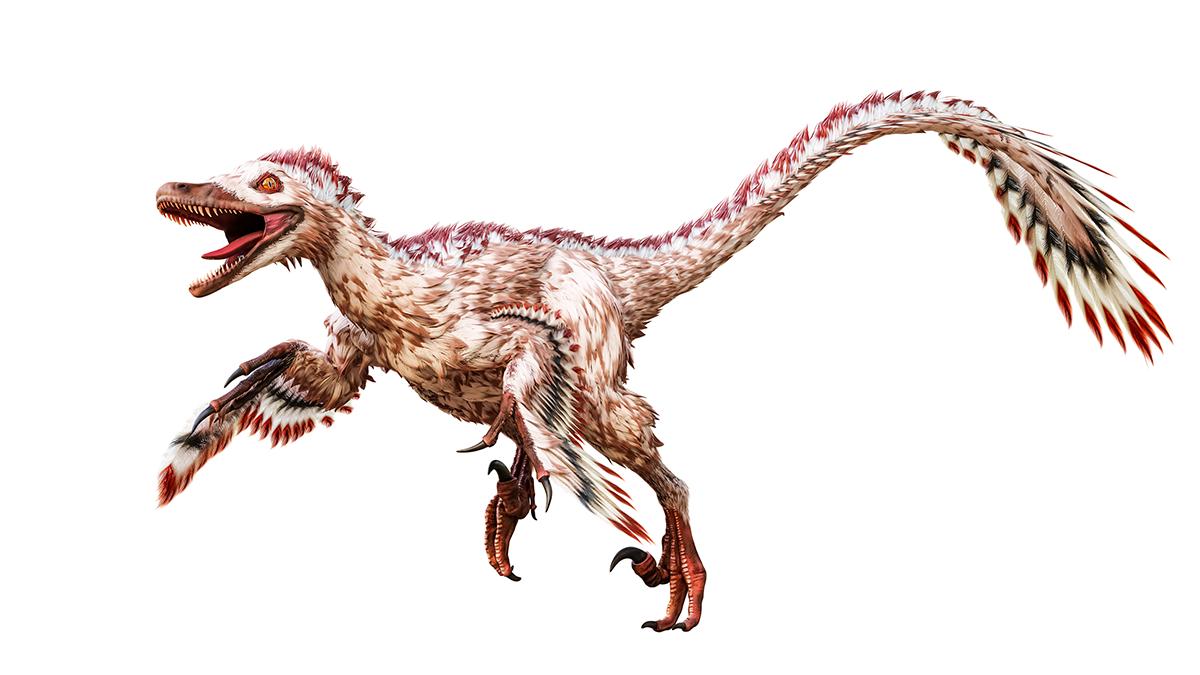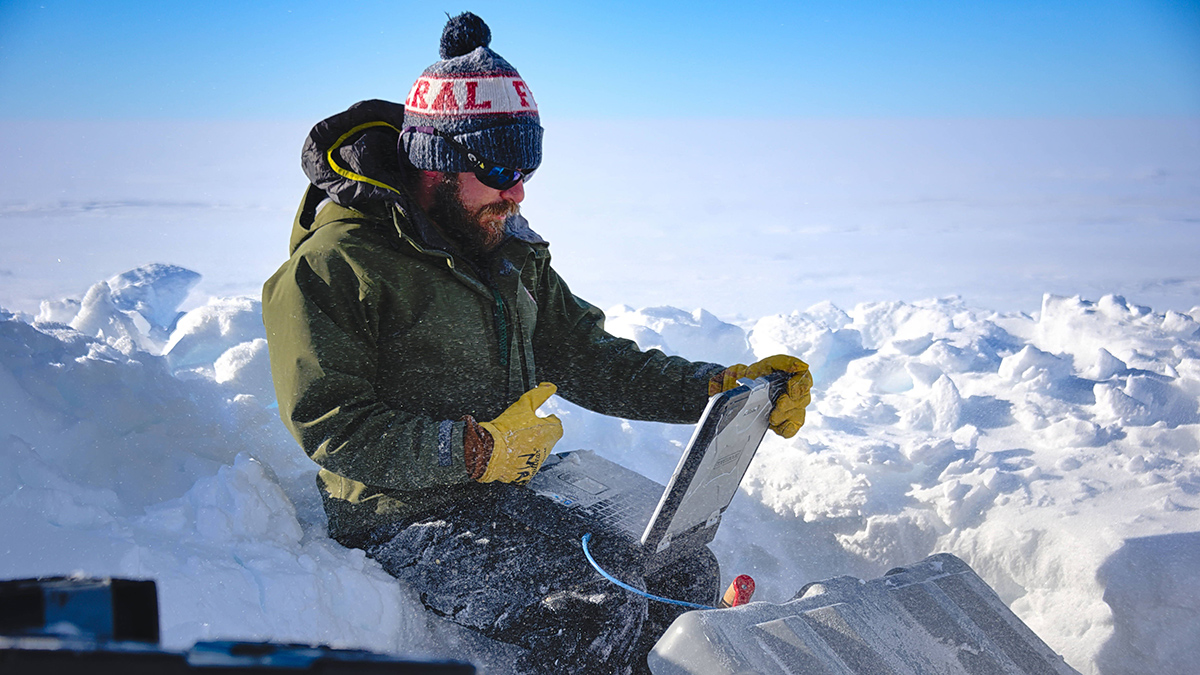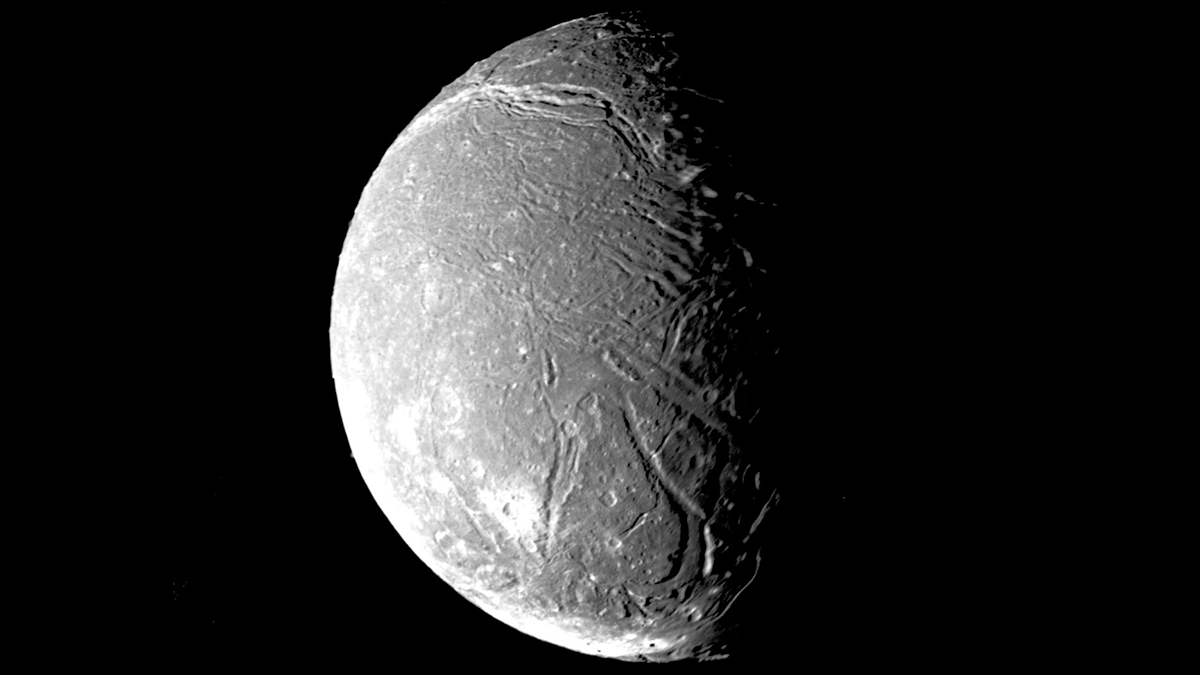Antarctic ice records uncovered seven previously unknown jumps in atmospheric carbon dioxide. These events may have been driven by changes in Earth’s tilt.
ice
How an Ocean-Sized Lake May Have Formed on Ancient Mars
The catastrophic collapse of Mars’s atmosphere may have melted its polar ice cap, creating an ice-covered southern sea.
Clipper Sets Sail for an Ocean Millions of Miles Away
Europa Clipper will assess whether Jupiter’s moon has the right ingredients to host life, and could illuminate the mysteries of icy worlds throughout the solar system.
Democratizing Science in the Cloud
CryoCloud opens scientific research and education to a broader range of cryosphere researchers with a cloud-based interactive computing environment, training, and community support.
Investigating Origins of CO2 Ice on Uranian Moons
A new study investigates the role of volatile migration in the unique Uranian thermal environment.
Britney Schmidt: Following the Ice
An Earth and planetary scientist is most at home in cold places that mimic the worlds of the outer solar system.
Unveiling the Origins of Dome Craters on Ganymede and Callisto
Large craters with broad central domes are a unique crater morphology on Jupiter’s largest icy moons: Ganymede and Callisto. A new study examines how remnant impact heat may lead to their formation.
Radar Data Show Thwaites Gets a Daily Bath of Warm Seawater
The Doomsday Glacier, predicted to raise global sea level by more than half a meter, could be exposed to more warm ocean water than previously thought.










